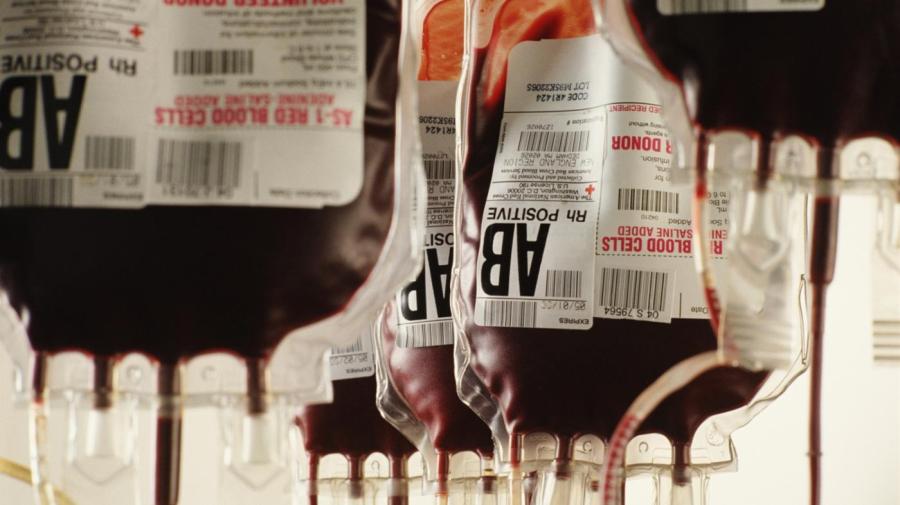Why Is AB Negative the Rarest Blood Type?

AB negative is the least common type of blood due to the genetic factors that affect blood type, according to the American Red Cross. In order for a child to be born with AB negative type blood, one of his parents must have type A and the other parent type B. Less than five percent of the population has either AB, blood, and globally among people of white European ancestry, instances of AB negative blood are .6 percent of the population, owing to the lack of B-type blood found in Europe.
AB negative blood is particularly important because it is the type of blood required for universal plasma donation, according to The Blood Connection. In this instance, “universal” means that AB negative plasma is safe to give to anyone because of its composition. Commonly used to treat victims of shock, burns and clotting disorders, AB negative plasma is needed at donation sites nationwide to ensure a sufficient supply. Only one in every 167 people have AB negative blood, or about 0.6 percent of the entire population in the United States, as stated in The Blood Connection.
Variations in the distribution of AB negative blood occurs heavily along racial and ethnic lines, according to the Red Cross. Among Caucasians, one percent of people have AB negative blood, while the level among African Americans is 0.3 percent. Hispanic and Asian people have less frequency of AB negative blood with 0.2 percent and 0.1 percent, respectively. The AB blood type has both A and B antigens on its red cells but does not include A or B antibodies in the plasma.





